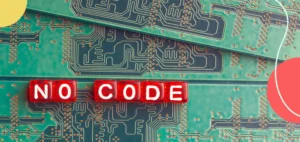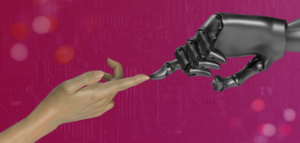Why NoCode Will Turn Into The Next-Level Designer?
- Karla Fernandes
Table of Contents
ToggleThe power of a single idea to change the world is undeniable. Designers, in particular, are at the forefront of transforming these ideas into tangible solutions.
We currently live in a rapidly evolving world. Consider how many apps you use on your phone. How many websites do you visit daily? How quickly can these tools become obsolete?
Remember the hype around Clubhouse invitations? Many of us installed it, only to uninstall it soon after. This illustrates how quickly solutions can be adopted or rejected in our fast-paced digital landscape.
This is where NoCode tools come into play, offering an innovative approach to the product.
I’m Karla Fernandes, a Brazilian designer residing in Switzerland. One of many people who believe in the transformative potential of NoCode. I have over 25 years of design experience. I have lived in 11 countries and a decade and a half of remote work while successfully managing my freelance business — Vitamina K. My journey started with graphic design in 1994. With the realization that NoCode could elevate designers to new heights, enabling them to help companies execute their visions more effectively. I become a dedicated advocate for NoCode tools.
The Modern Digital Landscape
In today’s market, the demand for swift iteration and efficient delivery has never been higher. Companies seek individuals who can not only conceptualize ideas but also bring them to fruition rapidly, minimizing costs and maximizing impact. The transient nature of modern digital tools exemplifies this need. Consider the fleeting popularity of Clubhouse – a social app that garnered massive attention, only to see its user base decline shortly after. Such examples underscore the importance of agility in the digital space.
The Emergence of NoCode
NoCode is a revolutionary movement designed to empower non-technical individuals to build applications without writing a single line of code. This paradigm shift enables the creation of diverse digital products, including landing pages, websites, native apps, web apps, software-as-a-service (SaaS) solutions, and dashboards. Many people are already leveraging NoCode tools, often without realizing it. For instance, Figma, a collaborative design tool widely used for interface prototypes, operates on NoCode principles.
From Idea to Reality – App Building
Ten years ago, I conceived an idea for an app to teach users how to tie scarves in various styles. Despite my enthusiasm, the daunting task of learning to code and keeping up with rapidly changing technology led me to shelve the project. However, in December 2020, I discovered a NoCode tool that promised seamless integration with Figma for creating mobile apps. This discovery reignited my passion and dedication to myself to master this tool.
Over the course of a month, I immersed myself in learning the capabilities of the NoCode tool. The experience was transformative. Today, you can explore over 100 of the 284 NoCode tools available, or also participate in initiatives like 100 Days of NoCode, which allows beginners or non-technical to learn about a new tool every day. This journey has significantly expanded my skill set and reinforced my belief in the power of NoCode.
Key Tools in the NoCode
I primarily use Bravo Studio and Airtable for my projects. Bravo Studio enables me to convert Figma designs into fully functional native apps while maintaining the visual integrity of my designs. Airtable, with its user-friendly interface, serves as my database, offering the power of a spreadsheet combined with robust data management capabilities. Other popular NoCode tools include Webflow, WordPress, Squarespace, Wix, and Zapier, each catering to different needs, from website building to workflow automation.
The Learning Curve of New Technology
Embarking on a NoCode journey requires patience and persistence. Initially, it may seem challenging, but with incremental progress, one can gradually build proficiency. I dedicated 455 hours to various projects using Bravo Studio, resulting in the launch of 15 apps which reached over 7,250 active installations a couple of months ago. My journey underscores the potential of NoCode tools to empower designers to bring their ideas to life quickly and efficiently.
The Broader Impact of NoCode
NoCode tools are transforming the landscape of design and development. They offer designers the ability to validate concepts, gather real user feedback, and iterate rapidly—all without the need for extensive coding knowledge. This democratization of app development empowers designers to be more versatile, delivering complete solutions from ideation to execution.
The Future of Design with NoCode
The NoCode movement is not just a technological shift; it represents a fundamental change in how we approach design and development. It enables designers to transcend traditional boundaries, merging the roles of designer, developer, and project manager. By embracing NoCode, designers can unlock new levels of creativity and efficiency, making them invaluable assets in the digital age.
For designers, NoCode tools represent an incredible opportunity to bring ideas to life quickly and efficiently. They empower designers to validate concepts, gather real user feedback, and iterate rapidly. Whether one is a seasoned designer or just starting, NoCode tools can help realize creative visions and stay ahead in an ever-changing digital landscape.
Practical Applications and Real-World Success
My journey with NoCode tools is a testament to their practical applications and real-world success. From launching apps to gathering user feedback, my experience demonstrates the tangible benefits of NoCode. I hope my story can inspire designers everywhere, and showcase how determination and the right tools can turn ideas into reality.
Several case studies highlight the impact of NoCode tools in various industries. For instance, a small business owner used Webflow to create a professional website in a fraction of the time and cost it would have taken with traditional development. Similarly, an educator used Airtable to build a custom learning management system, enhancing the educational experience for students without any coding knowledge.
Challenges and Considerations
While NoCode tools offer numerous benefits, they are not without challenges. One must navigate the learning curve, understand the limitations of each tool, and integrate them effectively into existing workflows. However, the long-term benefits far outweigh these initial hurdles, making NoCode a worthwhile investment for designers and businesses alike.
Conclusion: The Path Forward
The NoCode movement is transforming how we approach design and development, enabling designers to be more versatile and efficient. By embracing NoCode tools, designers can unlock new levels of creativity and productivity, bringing ideas to life with unprecedented speed and precision. As the digital landscape continues to evolve, those who harness the power of NoCode will be well-equipped to lead the charge, shaping the future of design and technology.
In conclusion, the NoCode movement represents a paradigm shift in the world of design and development. It empowers individuals to bring their ideas to life quickly and efficiently, democratizing the creation of digital products. Whether one is a seasoned designer or a newcomer, NoCode tools offer the potential to revolutionize the creative process and deliver innovative solutions in an ever-changing digital landscape. Embrace the power of NoCode and join the revolution in creating the future of design.
Share
follow us
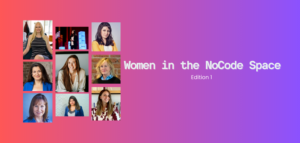
Women In The NoCode Space – Edition 1
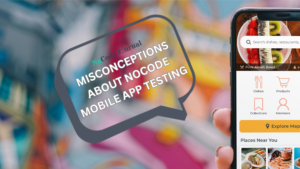
Misconceptions About NoCode Mobile App Testing
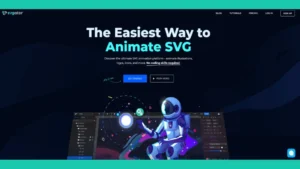
NoCode Tool: SVGator

Nocode Tool: Hive
Explore related posts
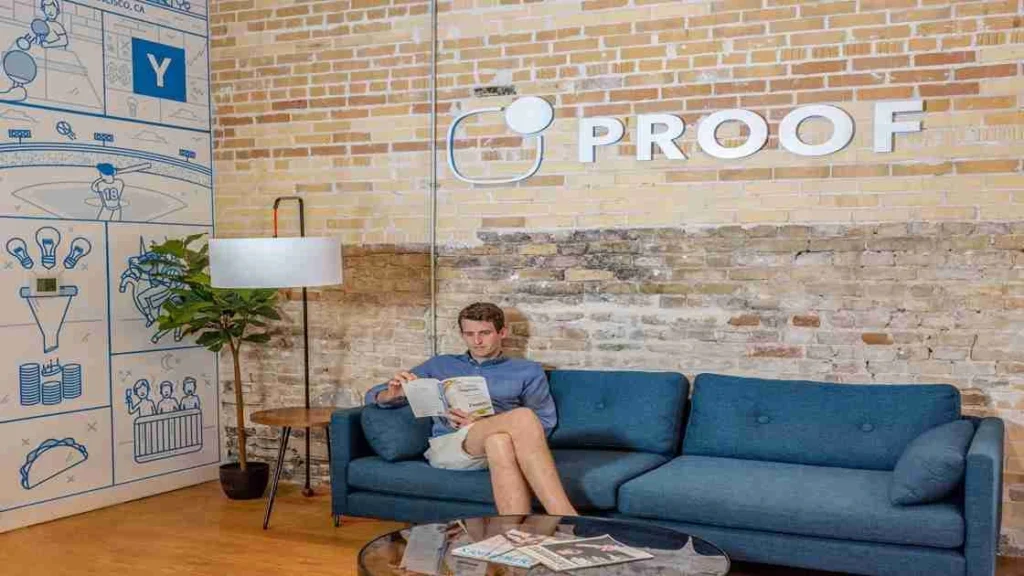
The Importance Of OutSystems PoCs
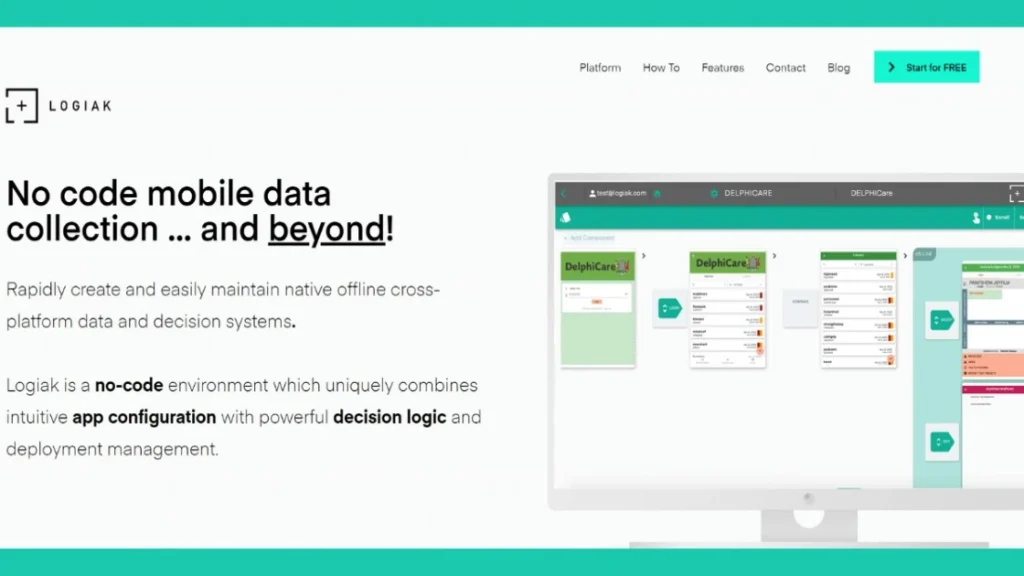
NoCode Tool: Logiak
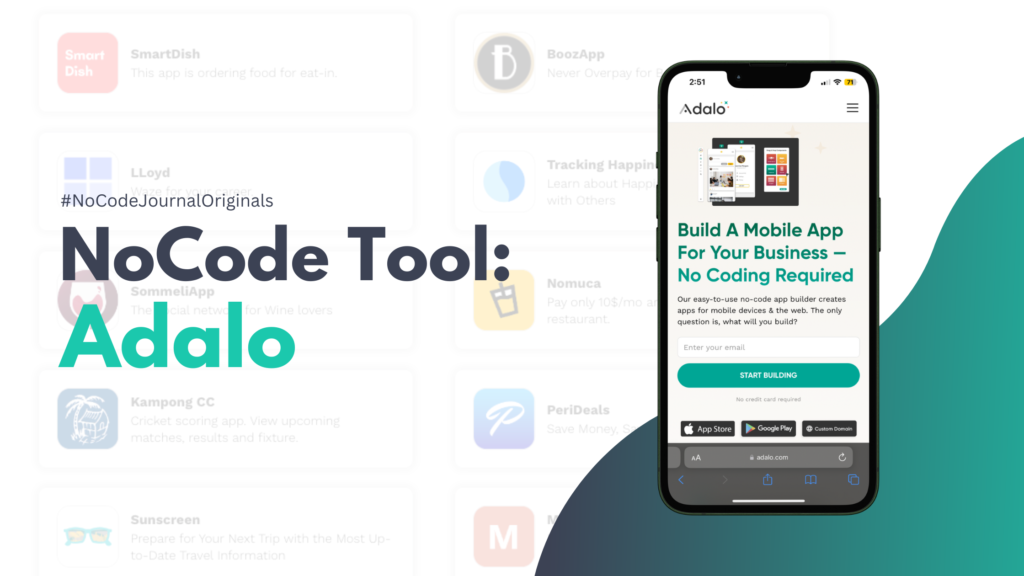
NoCode Tool: Adalo








